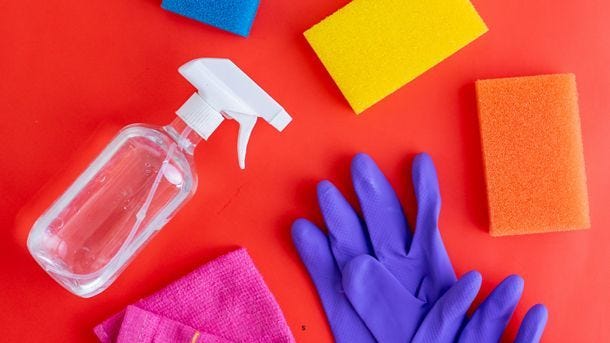How To Clean Your CPAP Equipment?
It is so important to keep CPAP equipment clean. Without proper and regular cleaning, your equipment can become covered with dirt, bacteria, mold and viruses. Here are some quick pointers for cleaning the various parts of your machine:
- Mask, Cushion or Nasal Pillow: It’s a good practice to wipe down your mask with a disinfectant towel every morning after you wake up. Additionally, every week be sure to clean your mask. You can do this by rinsing it in soapy water and leaving it out to air dry.
- Headgear: Don’t forget to wash your headgear every week as well. You can also clean your head gear in the same manner that you clean your mask. Use a little soapy water and a good rinse. It is important that you never use any chemicals on your headgear that can irritate your skin, such as bleach. The soft material will soak up these irritants and harm your skin. Air dry your headgear, and do NOT put in the dryer.
- Tubing: At a minimum, your CPAP tubing should be washed weekly. Ideally, it should be washed daily. Like your mask and headgear, you can clean your tubing by filling a tub with soapy water and swirling the tube around for a few minutes. Be sure that the water makes its way the inside of the tubing to dislodge any dust or particles caught inside.
- Air Filter: Change or clean your filters as frequently as necessary. So, filters can be washed and should be washed weekly. Others should be changed when they are dirtily since this might inhibit clean air getting thought to the mask.
- Humidifier and Water Reservoirs: First and foremost, it is important to dump any remaining water from the previous night and replace with fresh distilled water before bedtime. Some humidifier chambers are dishwasher safe, which is a great convenience. If not, you can still wash your CPAP humidifier with soap and water. Be sure to dry the chamber as much as possible with a paper towel or cloth, and then leave it out to air dry the rest of the way. Once a week, it is also important to disinfect your humidifier by soaking it in a solution of one-part vinegar and three parts waters for 15-20 minutes. After disinfecting your humidifier, be sure to rinse it thoroughly.
Other Good Cleaning Practices:
- Get into the habit of using a disinfectant wipe to clean off your machine and parts every day.
- Wash you face before bed to reduce the number of contaminants that can get onto your CPAP mask. Additionally, avoid using moisturizers or lotions that can rub off onto your CPAP device.
- Set a calendar notification to remind you when it is time to give your equipment a more thorough clean or replace parts.
- When possible, use distilled or sterile water for cleaning your CPAP machine and parts (the chemicals and minerals in tap water can damage your device).
- Use products specifically manufactured for CPAP devices, as these products will take into consideration any chemicals that might harm your device and avoid them accordingly.
- If you get sick, cleaning is even more important. Give a little extra attention to your cleaning routine if you’re feeling a bit under the weather.
- If you find it difficult to clean your CPAP machine manually, try investing in an automated sanitizer. The SoClean 2 or the Lumin will destroy germs and molds for you.
Chris Vasta is the president of The CPAP Shop and an expert in sleep and respiratory therapy. He often provides insights on product design and functionality on various manufacturers’ prototypes.




